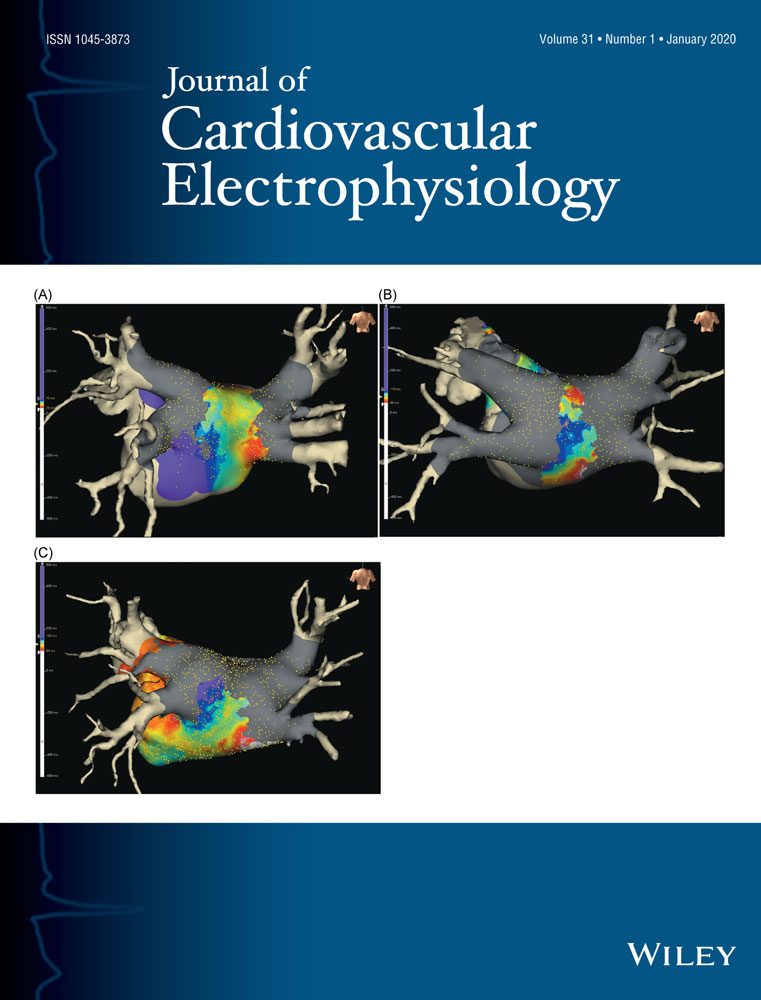How to perform left atrial transseptal access and catheter ablation of atrial fibrillation from a superior approach
Disclosures: Dr Santangeli is a consultant for Baylis Medical, Biosense Webster, and Abbott Medical.
Abstract
The standard technique for percutaneous catheter ablation of atrial fibrillation (AF) involves obtaining left atrial access and catheter manipulation from an inferior transfemoral venous access. However, in patients with inferior vena cava interruption, a standard transfemoral venous approach is not possible. In these cases, a percutaneous approach from a superior central vein, such as the internal jugular vein or the axillary/subclavian vein can be considered. In this article, we describe the details of our technique to obtain left atrial catheterization and perform catheter ablation of AF from a superior approach. Our technique involves the use of steerable sheaths, dedicated radiofrequency wires, and intracardiac echocardiography guidance.




